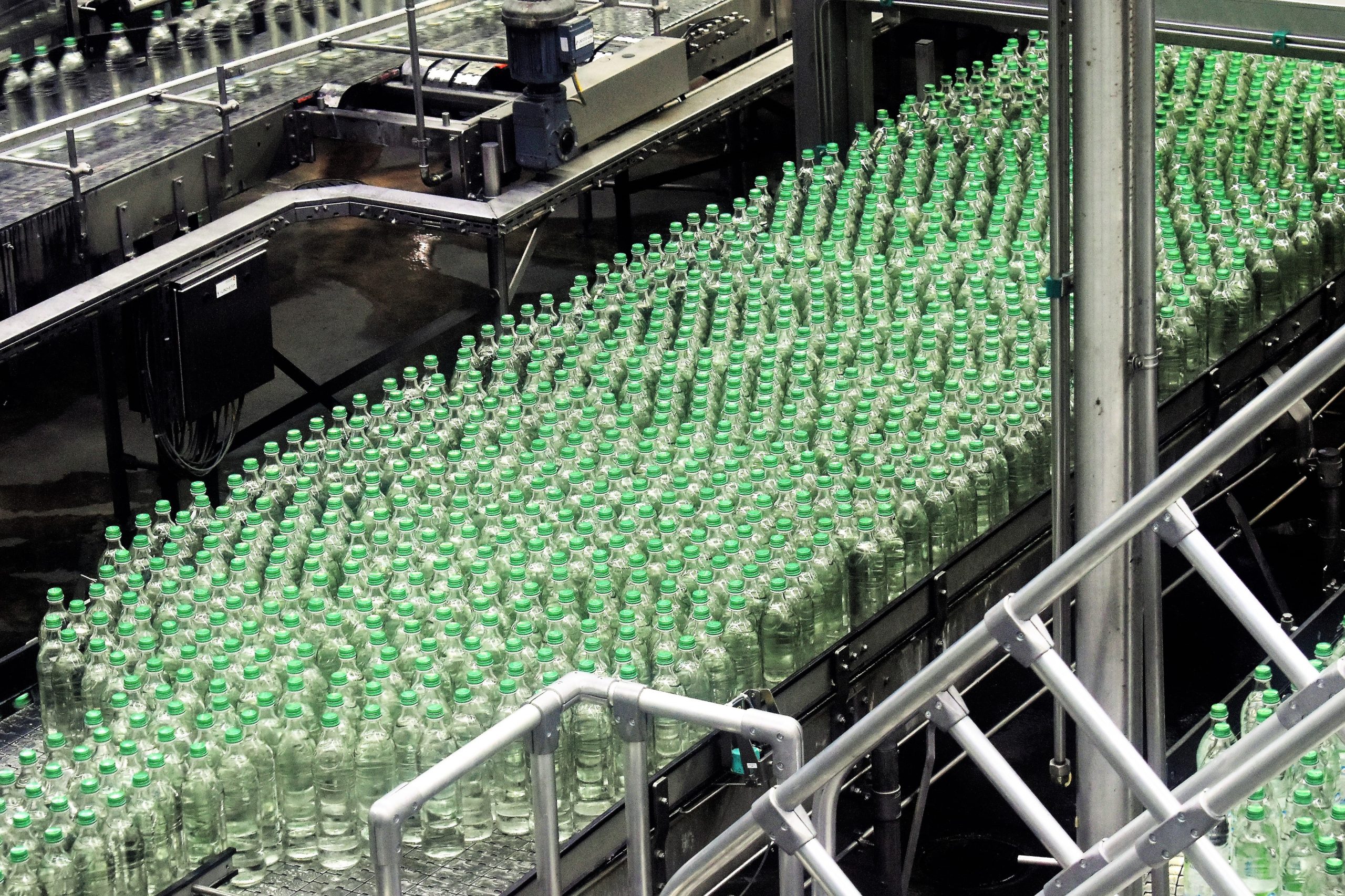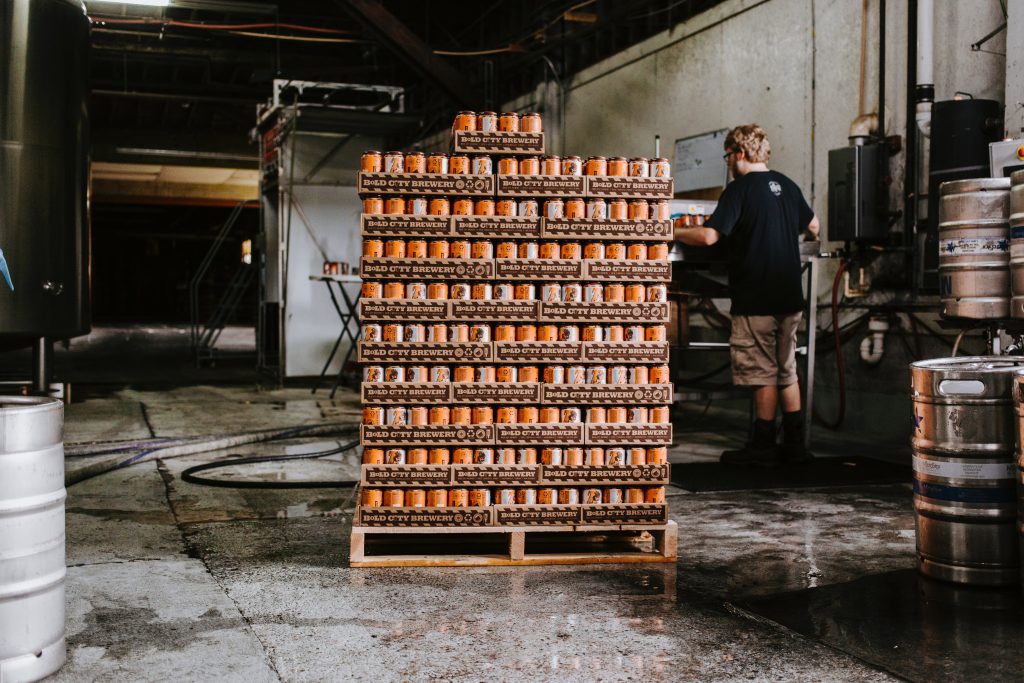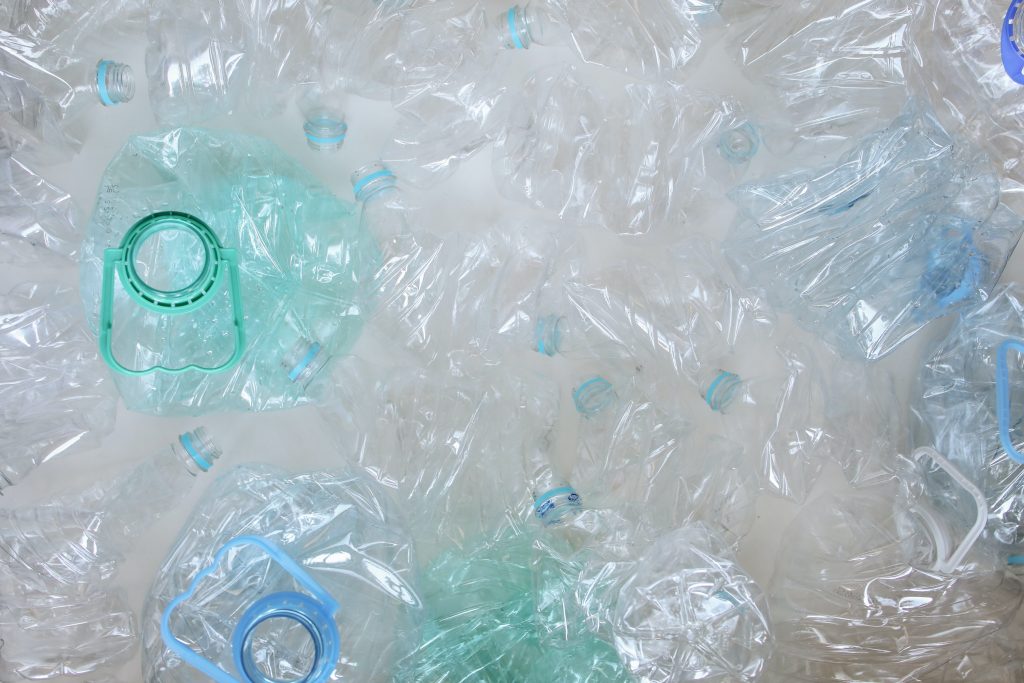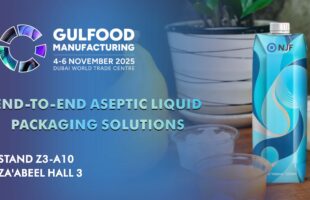
Waldemar Brandt/Unsplash
The mission to achieve a more sustainable global economy is still a top priority across various industries, even more so today as the world enters into the post-COVID-19 era. Campaigns set forth by the United Nations, the Paris Agreement and the most recently concluded COP 26 Conference have all announced initiatives as a response to the climate crisis. These include ambitious sustainability targets such as limiting global warming to 1.5°C and lowering carbon footprint across operations.
Many businesses have heeded the call to align their own campaigns and targets to these goals, as for instance, 70% of global companies have committed to reaching net-zero emissions by a certain year.
Those in the food and beverage industry recognize the need for manufacturing and production processes to minimise environmental impacts. Food production alone accounts for about 25% of greenhouse gas emissions. Food loss, which accounts for resources that are lost along the value chain, heavily contributes to the problem as well. On the other hand, food waste that ends up in landfills produce methane that’s 28 times as potent as carbon dioxide.
The packaging industry can play an important role in reducing food loss and waste, which in effect, minimises the F&B sector’s impact on the environment as a whole.

Towards a low-carbon circular economy
For Alan Adams, Sealed Air’s Sustainability Director in the APAC region, an efficient supply chain is one that minimises resource consumption and waste. There is a need to take a more holistic look at a company’s carbon footprint across the whole operation. In particular, a lot of resources go into processing of food, particularly with big, multinational brands and animal-based items – yielding a higher carbon footprint.
The packaging industry also saw the rise of single-use items, particularly during the pandemic. With consumers ordering more take-out, hot meals and fresh groceries online, with some expanding to perishable food items that can be delivered straight to the doorstep. These products are designed to protect food from manufacture to consumption, ensuring quality and that the structure is kept intact.
For Adams, while single-use is acceptable to house essential and perishable food, there needs to be a focus on eliminating unnecessary single-use packaging, those that utilise materials that are difficult to recycle. It’s important to improve how packaging waste can enter the manufacturing cycle again. He refers to it as a ‘waste hierarchy’ – how companies can use fewer resources during production, how to reuse and recycle, and even properly dispose of specific materials, if needed.
It’s the right vision in terms of sustainability, which is working towards a low-carbon circular economy that maximises resource conservation and prioritises efficiency. “Circularity is keeping the value of our resources in use over and over again. This is the right vision,” Adams emphasises.
It’s taking a look at the impact of the whole supply chain, and the life cycle of the end-products. And doing so without compromising the purpose of packaging – to protect and uphold the quality and safety of food items.
Striking a balance between sustainability and efficiency is key. Choices must be assessed carefully to ensure that the supply chain is not affected as a whole. For instance, while a material might be the most eco-friendly alternative for a particular type of packaging, it may not be the right solution in terms of food protection. Choosing between paper and plastic would mean choosing which has heavier impact in terms of emissions, and on biodiversity.
Packaging innovations on the horizon
Companies in the packaging industry are constantly introducing alternatives that help minimise overall environmental impact. The design and structure of food holders can actually support full consumption, which leads to lower food waste. This is done by improving portion sizing, storage capability and ease of pack access and dispensing.
Sealed Air, in particular, offers the Cryovac® brand Darfresh® Microwavable Rollstock solution, which acts as a “second skin”. This vacuum skin packaging seals the food item, preventing leakage and contamination, further minimising spoilage and promoting longer shelf life. The product utilises 25% less plastic versus traditional variants and reduces food waste by 50%.
Adams believes that every package is a connection, so connected and smart packaging should be promoted. This allows companies to find areas in the supply chain where too much waste is being generated so that solutions can be integrated before the item reaches the consumer.
Besides sustainability, innovations will have to place safety and hygiene at the forefront, making sure the right packaging is used particularly for essential food. Touchless automation in the shop floor will also be adopted more, which lowers dependence on manual labor activities. This technology protects the workers as well, enforcing safe contact protocols in facilities.

Promoting sustainability
Raising awareness and changing how we look at waste is key in influencing more people to join in various sustainability campaigns. Producers must treat all forms of waste as feedstock that can re-enter the supply chain. This addresses the issue of plastic pollution, mostly caused by illegal dumping and improper disposal of waste.
Companies in the packaging sector can do their part in educating consumers on the issue of sustainability. They can provide guidance on suitable packaging for their item, while keeping in line with their own sustainability vision. Collaborating with clients on the onset can mitigate possible impacts down the line.
Working together with governments, organisations and key stakeholders to fight climate change is also necessary. Sealed Air, for instance, has committed to having net-zero carbon emissions by 2040 and has year-on-year targets for energy consumption and greenhouse gas emission.
Sustainability is about embracing total environmental impacts and managing outcomes for the greater good. It involves taking a holistic view in the packaging sector, looking at the industry needs and weighing them against probable ecological effects. Issues involving pollution and waste should be viewed in totality across the industry and not in isolation, in order to truly achieve a sustainable world.








